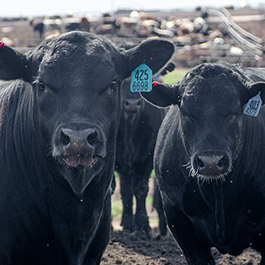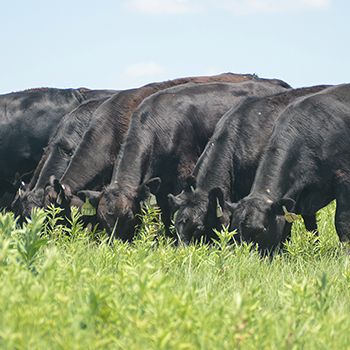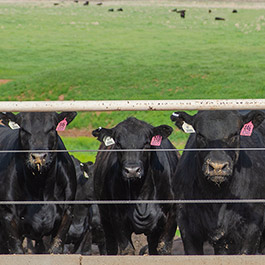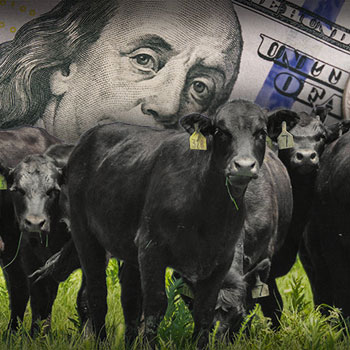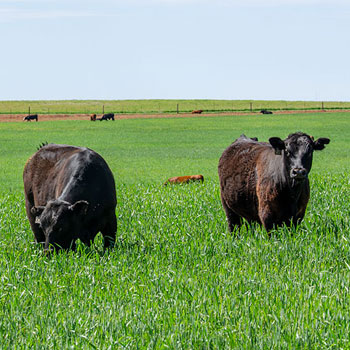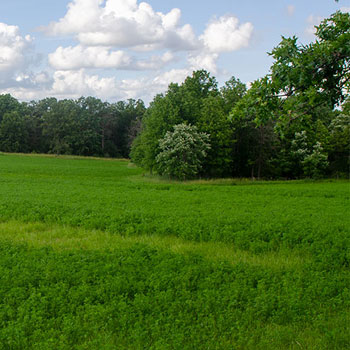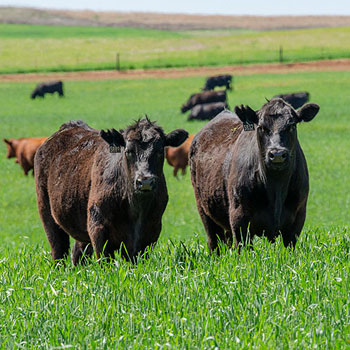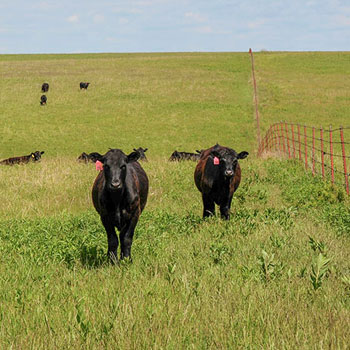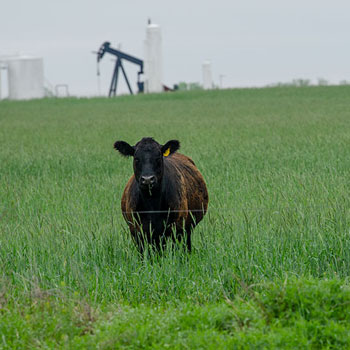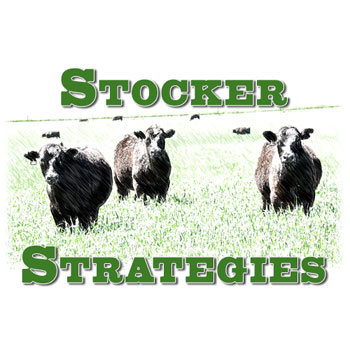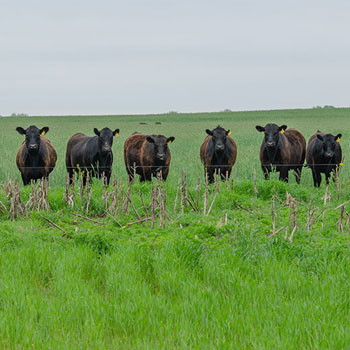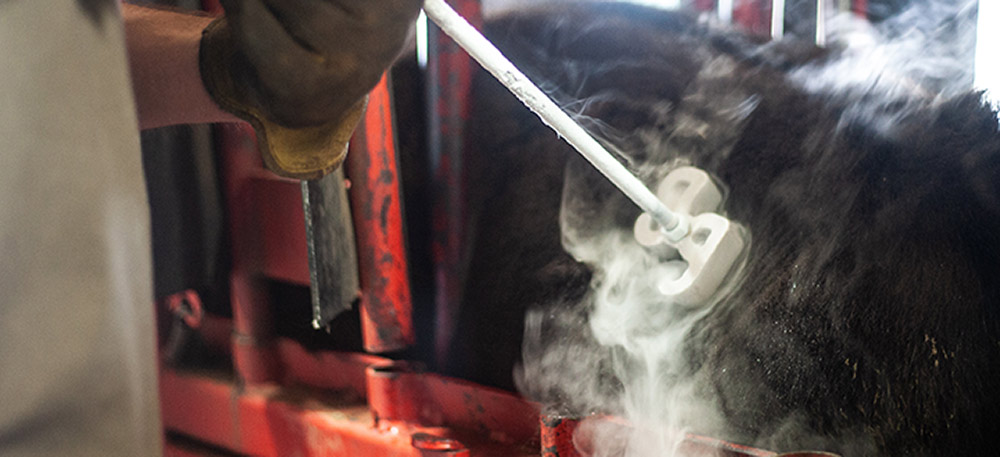
Calfhood Vaccinations: Proper Timing is Crucial
Time calfhood vaccinations properly to get the most bang for your buck.

The young calf’s temporary protection from colostrum antibodies begins to wane after a few weeks. Calves must then build their own immunities. Vaccinating at the proper time can help them create immunity. Vaccinating too soon, however, may not stimulate much immune response. If the calf still has maternal antibodies in its system, those antibodies tend to interfere with the calf building its own immunities. Its body sees no need to respond.
Tom Hairgrove, extension veterinarian with Texas A&M AgriLife, stresses the importance of talking with your local veterinarian to build a health plan that includes a vaccination program appropriate for your area. This may include precalving vaccination for cows, so they will have adequate antibodies in colostrum to jump-start immunity in their calves. The cows also need adequate nutrition to build colostrum.
The calves themselves should be vaccinated by the time their temporary immunity from colostrum wears off. Hairgrove says most calves are vaccinated at about 90 days of age, which generally works well to stimulate immune response. A few ranchers vaccinate calves at birth against certain scours pathogens, such as an oral E.coli vaccine, but this is a case-by-case program.
The age for routine vaccinations will vary, depending on ranch facilities and goals. There is still some discussion among veterinarians regarding timing. Hairgrove recommends discussing vaccine timing that is appropriate for your herd with your veterinarian who knows your ranch.
“All too often producers want a canned program on what to give and when, and I can’t give them this,” he says. “I can tell them which diseases they should try to protect against, but how they do it will vary depending on their situation and expectations.”
It may make a difference whether you are in the seedstock business, or what your neighbor is doing. You can’t protect your animals with just a vaccine if the guy next door is trading cattle and bringing in new animals that may bring diseases with them. No vaccine is 100% protective. You need to take other precautions to prevent exposure to these diseases, or you may still have some issues.
Hairgrove recommends that at about 90 days of age all calves receive blackleg vaccine that would include protection against other clostridials (usually in a seven- or eight-way vaccine). In many regions ranchers need to include protection against “redwater” (Clostridium haemolyticum) in the clostridial vaccine. This can vary from ranch to ranch, depending on risks, including the presence of liver flukes that damage the liver and set up ideal conditions for infection with C. haemolyticum. These flukes are spread by certain snails.
“Use a clostridial vaccine that’s appropriate for your husbandry practices and your locality,” he advises. “In some areas, calves become infected with tetanus after castration, and if you use banding for castration, vaccination for tetanus is essential. Also make sure you booster vaccines properly. Many people vaccinate calves young, while they still have some maternal immunity, and don’t get adequate protection from the vaccine.”
Some producers also try to protect calves from summer pneumonia — respiratory issues in nursing-age calves.
“I’ve had producers tell me they had issues with this in the past, and then started adding Mannheimia-Pasteurella vaccines with their viral vaccines at branding, and felt it helps a lot. Vaccination seems to be most effective at this age rather than waiting until weaning. The vaccinations at weaning then act as a booster. I recommend giving those viral vaccines [providing protection against infectious bovine rhinotracheitis (IBR), bovine viral diarrhea (BVD), parainfluenza 3 (PI3), and bovine respiratory syncytial virus (BVSV)] at branding time, along with a mannheimia vaccine,” says Hairgrove.
Editor’s note: Heather Smith Thomas is a cattlewoman and freelance writer from Salmon, Idaho. Photo by Harlow Gorman, 2019 NJAA/Angus Journal Photo Contest.
